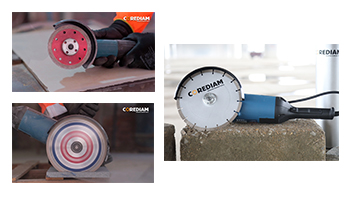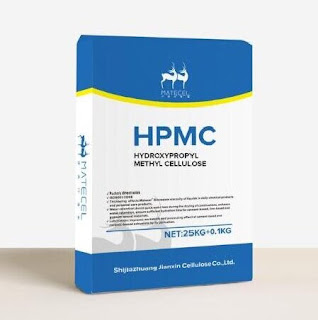How do I choose a Diamond blade for angle grinder?
Choosing the right diamond blade for your angle grinder is crucial for achieving clean and efficient cuts in various materials like concrete, tile, brick, or stone. Diamond blades are known for their durability and cutting precision. Here are some key factors to consider when selecting the appropriate diamond blade for your angle grinder:
Material to Be Cut: The type of material you intend to cut is the most important factor in choosing a diamond blade. Diamond blades are designed for specific materials, so ensure you pick one tailored to your project. Common types include:
Concrete: For cutting concrete, reinforced concrete, and masonry.
Asphalt: Designed for asphalt cutting.
Tile or Ceramic: Suitable for cutting tiles, ceramics, and porcelain.
Stone: Used for cutting natural and engineered stone.
Metal: Specialized blades for cutting metal with embedded diamonds.
Diamond Blade Segmentation: Diamond blades have different segment designs, including segmented, continuous rim, turbo, and segmented turbo. The choice depends on the material you're cutting and the type of cut you need:
Segmented: Suitable for fast, aggressive cuts in materials like concrete and masonry.
Continuous Rim: Provides smoother, chip-free cuts and is ideal for tile and porcelain.
Turbo: Offers a balance between speed and smoothness for various materials.
Segmented Turbo: Combines the advantages of segmented and turbo blades, making it versatile for a range of materials.
Blade Size: Ensure the diamond blade's diameter matches the capacity of your angle grinder. Most common angle grinder sizes are 4.5 inches, 5 inches, and 7 inches. Choose the blade size that fits your grinder.
Arbor Size: Verify that the diamond blade's arbor size (the hole in the center of the blade) matches the arbor size of your angle grinder. Common arbor sizes are 5/8-inch and 7/8-inch, but they can vary. Make sure they are compatible.
Wet or Dry Cutting: Determine whether you'll be using the diamond blade for wet or dry cutting. Some blades are designed specifically for wet cutting, while others are suitable for dry cutting. Wet cutting helps control dust and extends blade life but requires water cooling.
Speed Rating: Check the maximum RPM (revolutions per minute) rating of the diamond blade. Ensure it's compatible with the RPM range of your angle grinder to prevent overheating or blade damage.
Quality and Brand: Invest in high-quality diamond blades from reputable manufacturers. Quality blades tend to have better diamond bonding and last longer, providing cleaner cuts.
Budget: Consider your budget, but prioritize quality and suitability for your specific project. Opting for a cheaper blade that doesn't meet your requirements can result in subpar results and may require more frequent replacements.
Safety Gear: When using a diamond blade with an angle grinder, always wear appropriate safety gear, including safety glasses, hearing protection, gloves, and a dust mask. Additionally, follow safety guidelines and instructions provided by the manufacturer.
Consult Experts: If you're uncertain about which diamond blade to choose for your specific project, consult with professionals or specialists at your local hardware store or a diamond blade supplier. They can provide guidance based on your needs and the materials you're working with.
Remember that using the correct diamond blade for angle grinder not only ensures the quality of your cuts but also promotes safety and extends the life of both the blade and your equipment. Always follow manufacturer recommendations and safety precautions to achieve the best results.


评论
发表评论